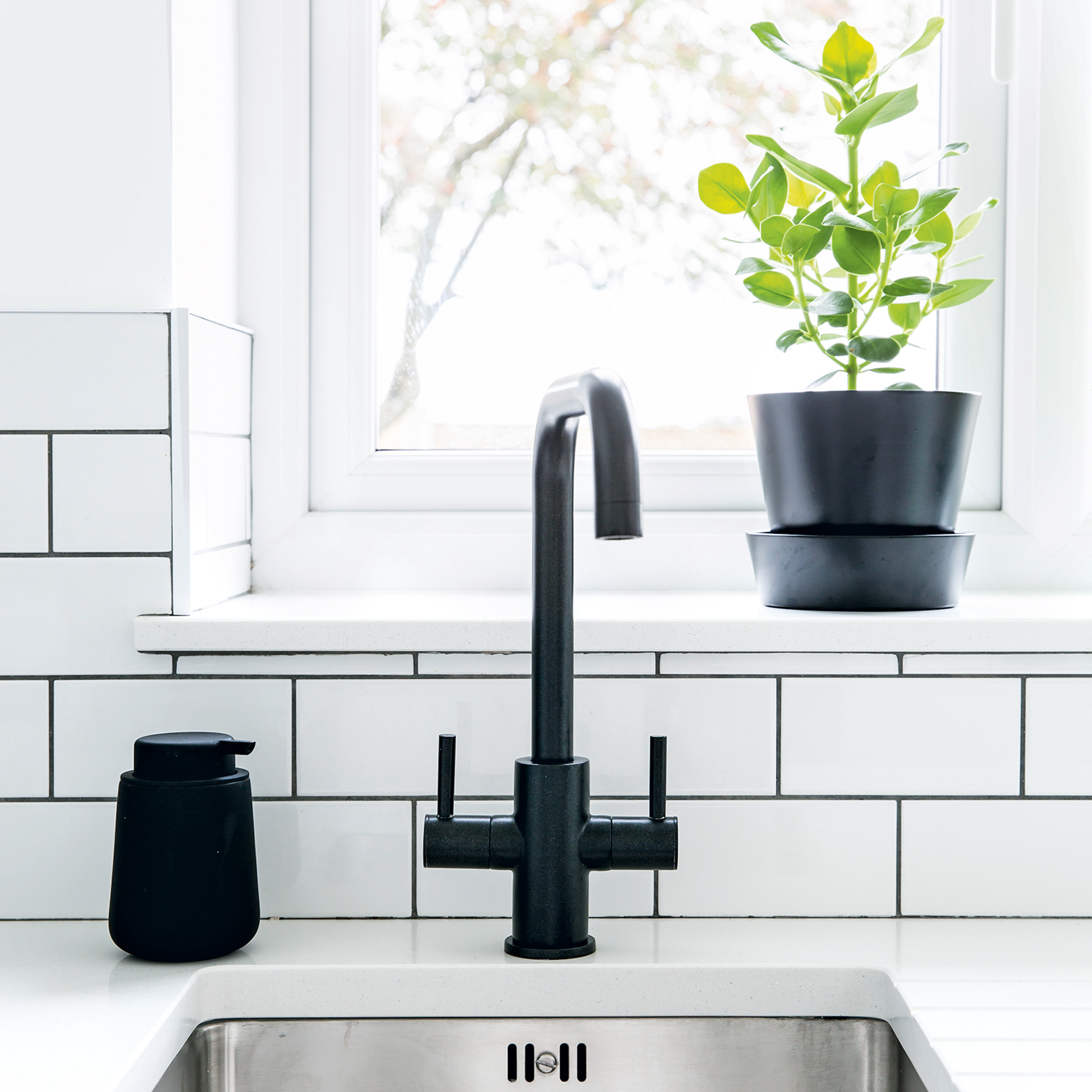Burst pipe incidents soar across the UK – what to do to avoid it happening to you
Knowing how to correctly thaw a frozen pipe can save you the hassle later down the line


Households across the UK are experiencing burst pipes as temperatures rise again following the cold weather warning. If you have a frozen pipe, it pays to know how to correctly thaw it to avoid the further onset of maintenance issues in the run-up to Christmas.
A majority of areas around the UK, with a focus on the South East, North West, and Scotland have been experiencing a huge rise in burst water pipes as temperatures fluctuate from below zero to up to 15 degrees celsius today. The 19th of December has now been dubbed as 'Burst Pipe Monday' following these reported incidents.
Recent research from Toolstation has revealed that 47% of households have never even checked their pipes to see if they are frozen. For those who do check and come to the unwelcome discovery of a frozen pipe, 34% have considered using a hot water bottle. In comparison, 28% would consider using a hair dryer to thaw the affected pipe – however, what should you actually do in the event of a frozen pipe?

How to thaw frozen pipes
If you've discovered the unwelcome surprise of a frozen pipe, don't panic, as there are simple ways to solve the problem so you can save money at home by dodging the need to call in for professional help.
1. Locate the frozen pipe
Finding a frozen blockage in your pipe is easier than you may think. If you have a modern condensing boiler, it'll likely be your condensate pipe. British Gas say that is the plastic one that comes out of your boiler. Find where this goes outside to see where it's frosted over.
To locate a blockage, Daniel Dwyer, heating expert at Village Heating says to 'simply feel along the pipe until you find a section that is colder than other areas.'
'It may be the case that you have multiple blockages, so make sure to check the entire pipe, and don’t stop when you find the first blockage.' Before inspecting, you should know how to locate your stop tap.
Sign up to our newsletter for style inspiration, real homes, project and garden advice and shopping know-how

2. Open the faucet
David Cruz, plumbing expert at Myjobquote.co.uk advises opening the pipe's faucet prior to the thawing process. 'Open both the hot and cold taps. This will relieve some of the pressure in the system and allow water to escape properly when you thaw the pipe.'

3. Thaw the pipe
The next step is to thaw the pipe. British Gas advise to 'slowly pour hot (but never boiling) water over the frozen pipe and place a hot water bottle over it to help melt away the ice.'
Daniel Dwyer at Village Heating also approves the use of a hairdryer in the thawing process if you'd prefer. 'Be sure to take great care when doing it, as the expansion of water during thawing can cause the pipe to crack or burst,' he warns. 'Low heat and slowly is the way to go.'

And there you have it. By following these simple steps when thawing a frozen pipe, you can better avoid having to deal with a burst pipe amidst fluctuating temperatures.

Jullia was Ideal Home’s Junior Writer from 2022-2024 and the Ideal Home Certified Expert in Training on Vacuums having spent over 60 hours testing different models. She’s always loved all things homes and interiors, graduating with a bachelor’s degree in Architectural Studies from the University of Nottingham where her love for writing blossomed following her internship at ArchDaily. Now focused on home tech and cleaning, Jullia works on writing features and explainers to help people make the most of their home appliance investments, putting the newest launches through their paces. When she isn’t writing, she loves exploring the city, coffee shop hopping, and losing hours to a cosy game or book.